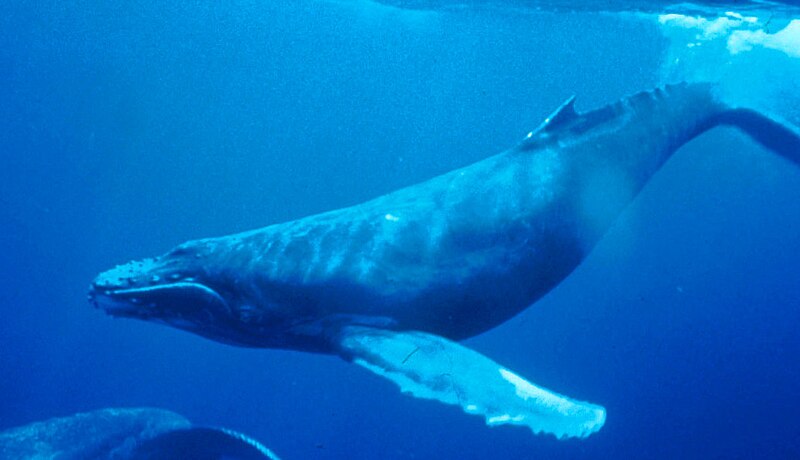A once-in-a-lifetime experience has recalled defunct whaling after a humpback whale spouted kayaker Adrian Simancas on the Strait of Magellan, Chile.
Still garnering clicks on video weeks later, the mid-February 2025 experience took place at the southernmost expanse of South American waters.
Even though the whale took Adrian into its open jaws, it spit him out unharmed moments later due to his lifejacket. The kayaker’s father took the picture that immediately made social media rounds.
The 24-year old Adrian related the experience to the news media, citing his saving to bating his breath.
Humpback Whale Protection
Interestingly, in recent times it has been humpback whales rather than humans that have been attracting protection.
In the United States, for instance, crustacean fishing seasons have been delaying from Maine to California on account of whale migration. Maine even installed traceability systems in the 2024 lobster season to protect whales.
More recently, California and Washington delayed their December 2024 crabbing seasons to protect humpbacks from crab trap entanglement.
Whales in Chile
This strange occurrence has however brought into focus the ongoing protection of the humpback and other whales in Chile.
Home to probably 40% of the world’s whales, Chile also boasts 50% of all cetaceans that include whales, dolphins and porpoises.
The country last fished whales in the 1970s and officially banned any hunt in 2008 through a presidential decree.
The 2008 ban was only a reiteration of commitment as no one has hunted the critters these past 50 years.
What is a Humpback?
The humpback is a baleen whale with a whalebone around its mouth, which other types like sperm whales lack.
Its main diet is plankton, krill (a type of plankton-eating small crustacean) and small schools of ocean fish.
Ending the mid-20th century, whale hunts were common around the world to harvest oil from the blubber (fatty tissue).
Before hunting ended in the 1970s, the southern latitudes including Chile used to have around 200,000 humpback individuals. That count has slashed to between 5,900 and 16,800 individuals, according to estimates.
Because these marine mammals travel some 8,500 sea kilometers any given time, it is usually hard to pin down regional populations.
Eventually, the Jonah moment in the Strait of Magellan points to Chile as the country where whale encounters abound. As such, below is a broad view on the population status of this species, alongside that of blue whales.
Humpback and Blue Whale Population Statistics
The world’s population of humpback whales has slumped by 95%, according to the National Oceanic and Atmospheric Administration (NOAA). The same goes for blue whales, which are rarer, and whose estimates are in mere thousands.
Below table gives a glimpse of estimates of both blue whales and humpback whales, starting 1985. The data is by the International Whaling Commission (IWC).
| Region | Species of Whale | Year of Estimate | Population [individuals] |
| Antarctic | Humpback | 1985-91 | 10,230 |
| East South America | Humpback | 2005 | 6,300 |
| West South America | Humpback | 2006 | 6,500 |
| West South Africa | Humpback | 2001 | 300 |
| Eastern Africa: Mozambique and Madagascar combined | Humpback | 2003/4 | 13,400 |
| East Australia | Humpback | 2010 | 14,500 |
| Southern Hemisphere | Blue whale | 1978-84 | 450 |
| Northern Pacific | Blue Whale | 2008 | 2,500 |
When did the United States stop whaling?
The U.S. banned whaling in 1970 via the Endangered Species Conservation Act. Before the ban, Nantucket port used to be the embarkation point for American whalers to other parts of the world.
